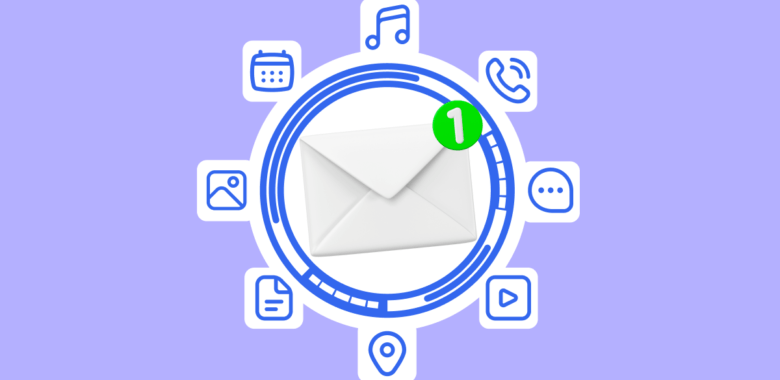Why is email marketing for SaaS so important?
The SaaS market is where many want to be: it seems to be booming and is projected to reach 1.2 trillion by 2032. And email marketing for SaaS is one of those tools that can help you secure a piece of that pie and turn your casual website visitors into paying customers who will keep coming back for more.
But just as with everything in life the SaaS landscape is changing and so do the strategies you will have to use to promote your product. Big change on the market: according to Gartner’s 2024 State of Software Investment Report, 20% of buyers plan to downgrade the software they are using, cancel it, or switch vendors. That’s where smart email marketing comes in. It’s your chance to prove your worth and keep customers hooked, sending them the right message at the right time.
Another curious number: 68% of SaaS apps are now IT-sanctioned (up from 35% last year), so not only budgets for SaaS spending are being cut, but it is also getting harder to become that app that companies are willing (and allowed) to spend money on. So your email strategy should not only plan to reach end-users. It also has to be about landing in the inboxes of decision-makers who control the purchasing power and ultimately allow your app to be used in the organization. And email is the easiest way to reach those people too. So, whether you’re a scrappy startup or a SaaS giant, email marketing is your one-way ticket to growth.




















